advice for leak in new bathroom tile
Renee C
2 years ago
Related Stories
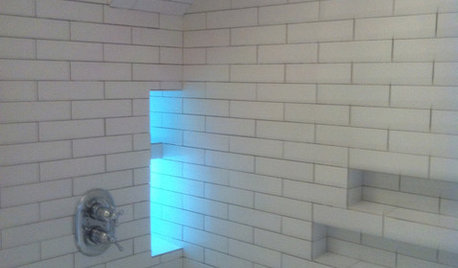
BATHROOM DESIGN10 Top Tips for Getting Bathroom Tile Right
Good planning is essential for bathroom tile that's set properly and works with the rest of your renovation. These tips help you do it right
Full Story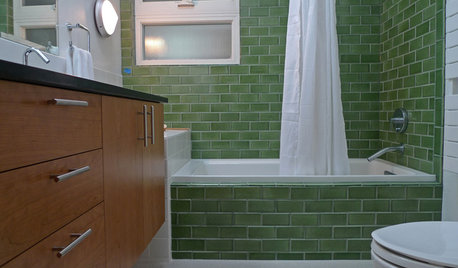
BATHROOM DESIGNBathroom Surfaces: Ceramic Tile Pros and Cons
Learn the facts on this popular material for bathroom walls and floors, including costs and maintenance needs, before you commit
Full Story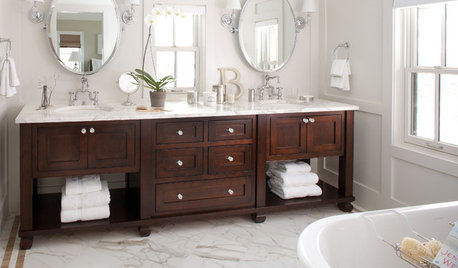
BATHROOM DESIGNBathroom Design: Getting Tile Around the Vanity Right
Prevent water damage and get a seamless look with these pro tips for tiling under and around a bathroom vanity
Full Story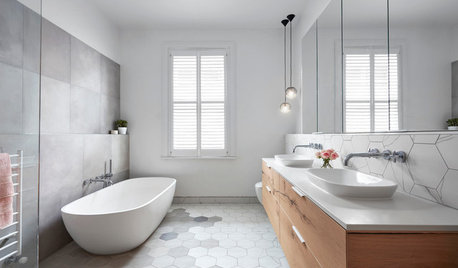
BATHROOM DESIGNFloor Tile Options for a Stylish Bathroom
From the countless choices of bathroom tile available, we focus on some of the best looks for the floor
Full Story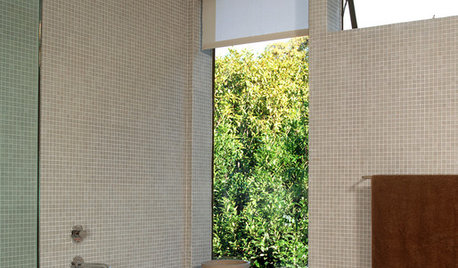
BATHROOM DESIGNFloor-to-Ceiling Tile Takes Bathrooms Above and Beyond
Generous tile in a bathroom can bounce light, give the illusion of more space and provide a cohesive look
Full Story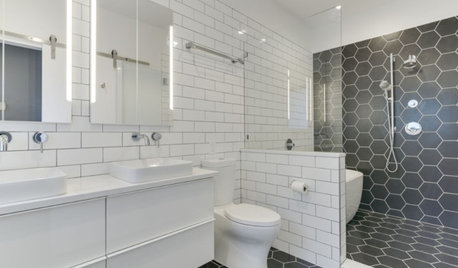
BATHROOM MAKEOVERSBathroom of the Week: High-Contrast Tile and a New Layout
Clever design choices and a wet room layout make good use of space in a compact main bathroom
Full Story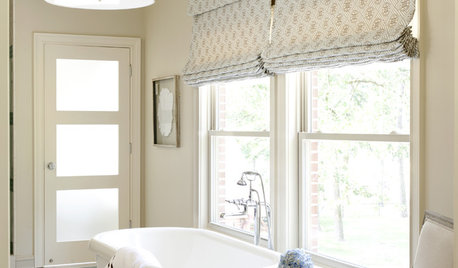
BATHROOM DESIGNDream Bathroom to Your Bathroom: Translate the Look
You don't need a major bathroom makeover to get that designer look — minor accents and tweaks can convey luxe style
Full Story
REMODELING GUIDESBathroom Workbook: How Much Does a Bathroom Remodel Cost?
Learn what features to expect for $3,000 to $100,000-plus, to help you plan your bathroom remodel
Full Story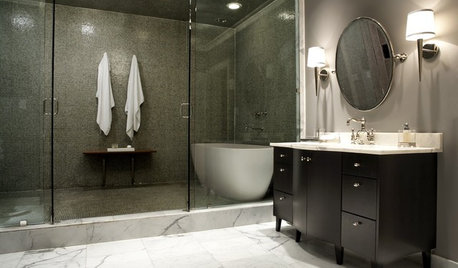
BATHROOM DESIGNHow to Choose Tile for a Steam Shower
In steamy quarters, tile needs to stand up to all that water and vapor in style. Here's how to get it right the first time
Full Story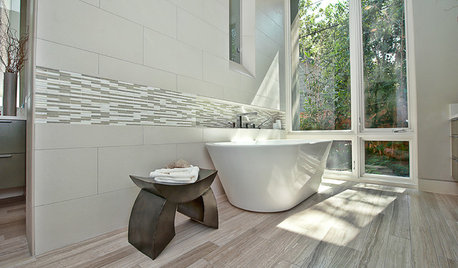
BATHROOM DESIGNHow to Match Tile Heights for a Perfect Installation
Irregular tile heights can mar the look of your bathroom. Here's how to counter the differences
Full Story








millworkman
Renee COriginal Author
Related Professionals
Parkland Home Remodeling · Hanover Township Kitchen & Bathroom Remodelers · Port Orange Kitchen & Bathroom Remodelers · Forest Hills General Contractors · Fremont General Contractors · Orlando Painters · Fountain Painters · Naperville Painters · Springfield Kitchen & Bathroom Designers · Glen Carbon Kitchen & Bathroom Remodelers · Lake City Glass & Shower Door Dealers · Malden Glass & Shower Door Dealers · National City Cabinets & Cabinetry · Saint James Cabinets & Cabinetry · Ferndale Window TreatmentsCreative Tile Eastern CT
Renee COriginal Author
Joseph Corlett, LLC
Dragonfly Tile & Stone Works, Inc.
Jake The Wonderdog
Jeff Meeks